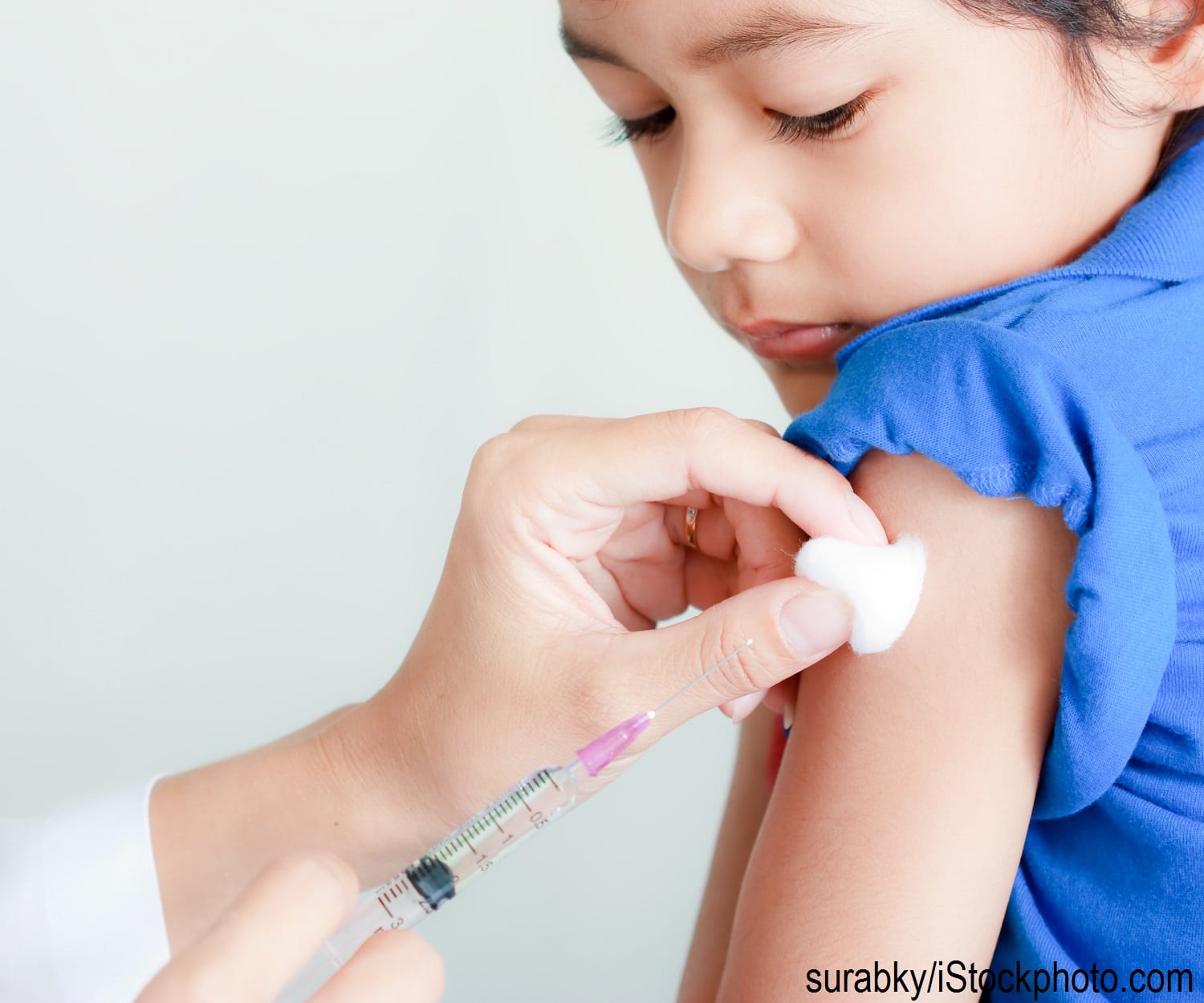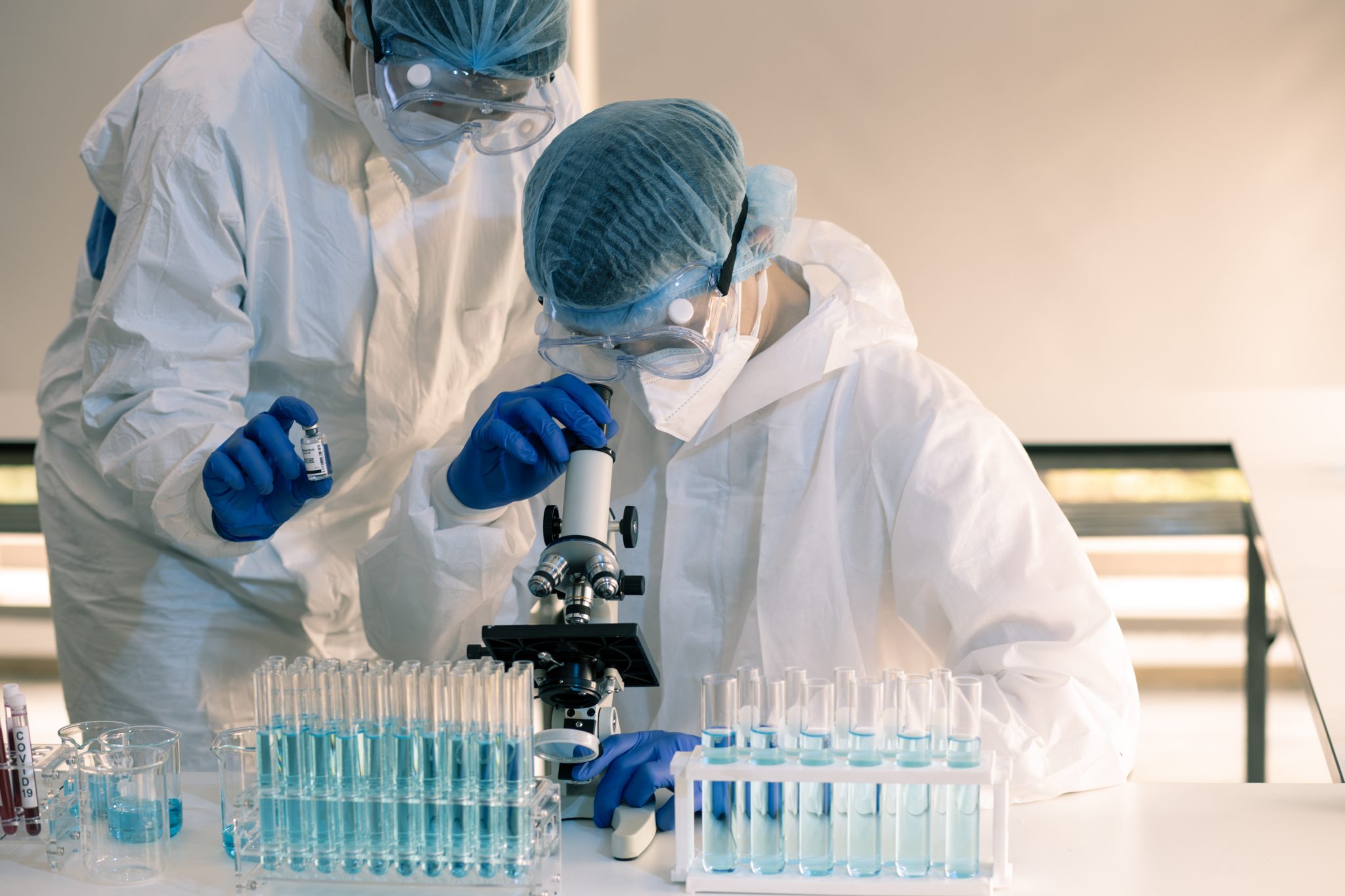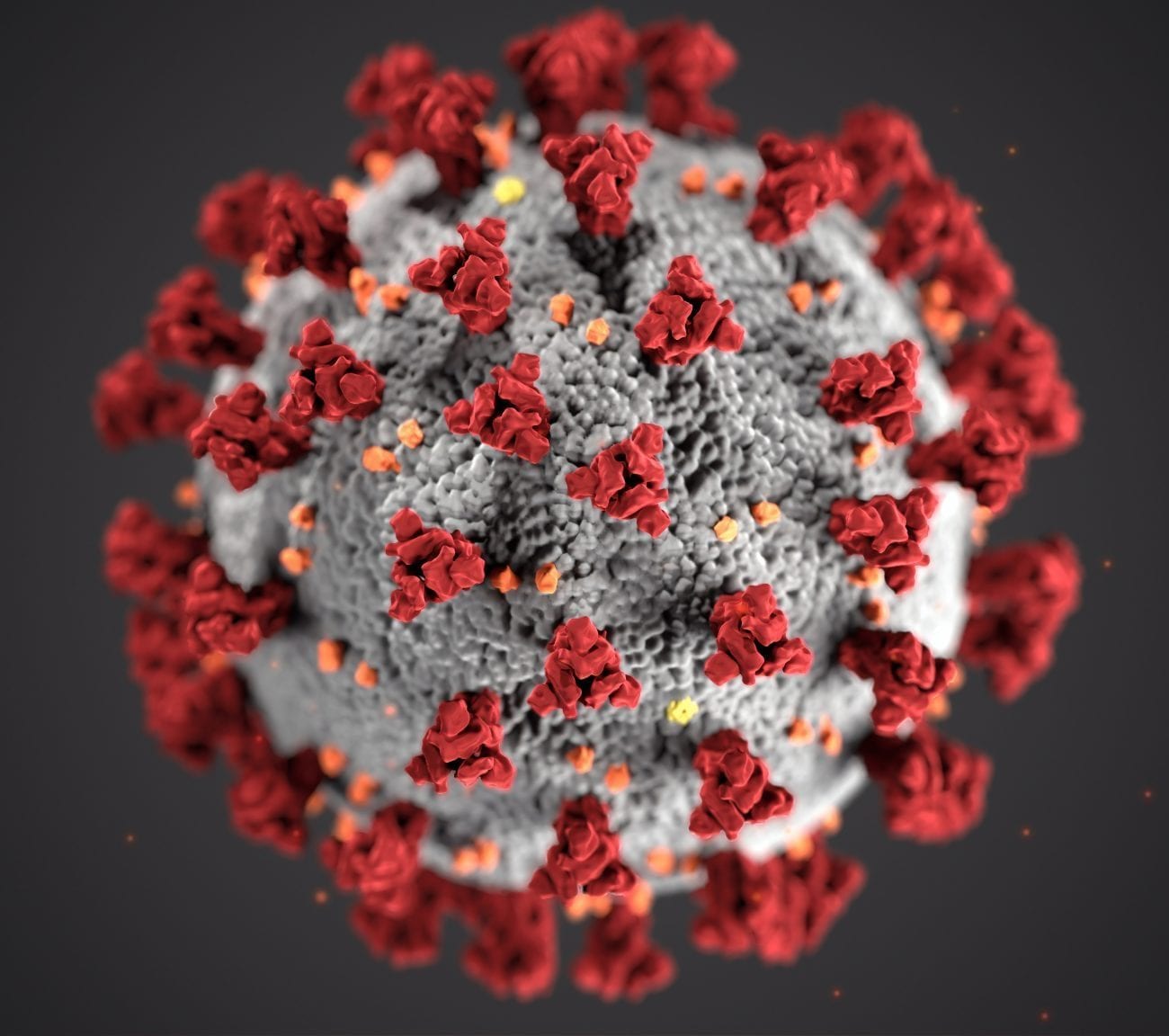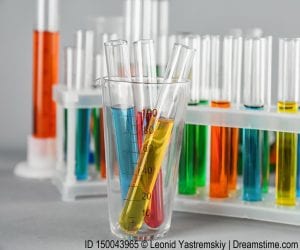Vaccine skepticism is nothing new, but it is increasingly common these days. Anti-vaccine sentiment re-emerged in the modern era in the late 1990s, with fears that vaccines potentially caused autism. In the post-COVID-19 era, vaccine hesitancy is much more prevalent, with a bevy of reasons underlying this fear.
In this blog, we’ll take a quick look at the science behind vaccinations and then dispel four common myths and misconceptions regarding the impact vaccines have on our body.
The Science of Inoculation

Vaccines work by triggering our adaptive immune system, which is the second line of defense against antigens (foreign toxins in the body). We have many different types of white blood cells, the most important of which in our adaptive immune system are B cells. Killer B cells are like antibody factories. Antibodies bind to antigens and mark infected cells for death. Memory B cells preserve knowledge of an antigen so that your body can fight it better and faster should you come into contact with it again.
While there are a few different types of vaccines, they all take advantage of the way the adaptive immune system works. Whether the vaccine is administering a dead, attenuated, or recombinant form of the virus, a viral vector, or mRNA with instructions to fight the virus, they all activate the adaptive immune system to create antibodies that can fight the target virus. It is your natural immune response that causes vaccines to work. The vaccine is just like training wheels for your B cells.
History of Vaccine Hesitancy
Anti-vaccine ideas might feel modern, but their history dates back to the 19th century, after the first smallpox vaccine became widely available. Reasons for public resistance to the smallpox vaccine varied. There were concerns over religious purity, personal liberty, and suspicions around their safety and efficacy. Vaccine backlash got worse when anti-vaccine leagues formed as a result of compulsory vaccination mandates. Any of this sound familiar?
With each new vaccine that has been developed, whether it was the vaccine for smallpox, chickenpox, or COVID-19, it has been accompanied by a sizable adverse public reaction. It’s normal and okay to question what goes into your body, but many write off vaccination wholesale without consulting credible scientific resources on their safety.
The Myths and Misconceptions
Not all vaccine myths are created equally. Some are rooted in an earnest concern for one’s health and can be dispelled with the proper information. Some are the result of coordinated campaigns by individuals or groups that are designed to make people scared. The good news is that peer-reviewed science can dispel all of them. Vaccines are the safest and most effective means of immunizing against communicable diseases.
Below are four common vaccine misconceptions, accompanied by what science can tell us about each of these concerns.

1. The First Misconception: Vaccines cause autism
Prior to the COVID-19 pandemic, this was arguably the most prevalent myth circulating in vaccine-skeptic communities – a category that was far fewer in numbers prior to 2020. This myth dates back to the 1990s, when Andrew Wakefield, a (former) doctor who has since had his medical license revoked, published a (now retracted) study in the Lancet displaying a link between thimerosal in the MMR vaccine and autism in children. Wakefield forged much of his data, solicited blood samples from children for his study at his son’s birthday party, and had multiple financial conflicts of interest associated with his research. There have since been numerous peer-reviewed studies (like this one, this one, and this one) from doctors that have shown absolutely no link between thimerosal, the MMR vaccine, or any vaccine for that matter, and autism. Yet, the myth has persisted.
2. The Second Misconception: Vaccines contain [scary sounding chemical] and microchips
There are certain ingredients in many vaccines that might sound scary but are safe in small enough doses. And, there are certain “ingredients” that are simply not in vaccines at all but have become widespread conspiracies by way of viral social media disinformation. Let’s discuss both.
Take formaldehyde for example. It’s classified as a carcinogen and a hallucinogen. Acute exposure can cause irritation of the conjunctiva and nausea. It’s also found in trace amounts in some vaccines. That sounds terrifying, doesn’t it? But toxicity is all about the dosage. Too much of anything – even water – can cause serious illness or death. It’s just that certain substances have a lower threshold of exposure to cause potential harm. With formaldehyde, the residual amounts that occur in some vaccines is so low that the body can easily metabolize it. In fact, your body has produced many times more formaldehyde while you’ve been reading this blog than you’ve ever received from a vaccine. Many similar concerns regarding vaccine ingredients fall into this category – scary sounding chemicals that are harmless in the quantities they occur in vaccines.
On the other end of the spectrum, do vaccines contain microchips? Do vaccines cause our bodies to connect to 5G? The short answer is no. Unequivocally, there are no vaccines which contain microchips. It’s categorically impossible with today’s technology. The needles used to administer vaccines have an internal diameter of, at largest, less than half a millimeter. The world’s smallest microchips equipped with the hardware needed to be functional are about the size of a grain of rice, which is many times too large to fit in even the largest of syringes.

3. The Third Misconception: What if I get vaccinated and it causes a side effect – or worse, death – years from now?
For those without a ton of knowledge about the nuts and bolts of the human body’s immune system, this is a very reasonable question to ask. The fortunate answer is that our immune response is fast. Our body is constantly monitoring for threats. Our lymph nodes, macrophages, B cells, etc., are always monitoring for pathogens. Think about how quickly it takes a scab to form over a wound or how it only takes a few days to get sick after you’ve been exposed to an illness. These are immune responses. Your body detects that something has threatened the organism very quickly and it responds accordingly. Likewise, your immune system kicks into gear very soon after a vaccine has been administered.
Your lymph nodes flush out the vaccine within a couple of days. The spike proteins the vaccine introduces, or has your body create, are cleared out within a couple of weeks. All that remains are the antibodies and the memory of how to fight the target virus. If you do face any side effects from being vaccinated, it will likely happen within a couple of days. Physiologically, there is no possible way for your body to experience a reaction to a vaccine years after its administration.
4. The Fourth Misconception: The COVID-19 vaccine is experimental! We’re guinea pigs!
 While it may seem like the BioNTech/Pfizer, Moderna, and Johnson & Johnson COVID-19 vaccines were produced with suspicious rapidity, many are unaware that these vaccines are standing on the shoulders of giants. COVID-19 is one of hundreds of coronaviruses, a family which includes SARS and MERS. In fact, the virus which causes COVID-19 is called SARS-CoV-2 and shares 80% of its genetic makeup with SARS-CoV, the virus which caused the SARS outbreak in 2002. The blueprint for the COVID-19 vaccines is based on the vaccines for SARS and MERS, which have been studied and tested for over a decade. In December 2019, the National Institute of Allergy and Infectious Diseases, National Institutes of Health (NIAID NIH) deployed a team to begin working on a vaccine for the novel coronavirus strain. Under the leadership of the illustrious immunologist Dr. Kizzmekia Corbett, the team used Dr. Corbett’s previous research on encoding mRNA to trigger the production of antibodies in combination with the template of the previous SARS vaccine to create arguably the most important medicinal science breakthrough of the 21st century: the mRNA vaccine.
While it may seem like the BioNTech/Pfizer, Moderna, and Johnson & Johnson COVID-19 vaccines were produced with suspicious rapidity, many are unaware that these vaccines are standing on the shoulders of giants. COVID-19 is one of hundreds of coronaviruses, a family which includes SARS and MERS. In fact, the virus which causes COVID-19 is called SARS-CoV-2 and shares 80% of its genetic makeup with SARS-CoV, the virus which caused the SARS outbreak in 2002. The blueprint for the COVID-19 vaccines is based on the vaccines for SARS and MERS, which have been studied and tested for over a decade. In December 2019, the National Institute of Allergy and Infectious Diseases, National Institutes of Health (NIAID NIH) deployed a team to begin working on a vaccine for the novel coronavirus strain. Under the leadership of the illustrious immunologist Dr. Kizzmekia Corbett, the team used Dr. Corbett’s previous research on encoding mRNA to trigger the production of antibodies in combination with the template of the previous SARS vaccine to create arguably the most important medicinal science breakthrough of the 21st century: the mRNA vaccine.
The Moderna COVID-19 vaccine was sent to trial two months after the SARS-CoV-2 DNA sequence had been released with a trial population of 45 people. The large-scale clinical trials for Moderna and BioNTech/Pfizer included more than 50,000 people over the course of several months in the United States alone. We can rest assured that the COVID-19 vaccines were not administered to the public without overwhelming data to prove their safety.
Immunize Your Students Against Scientific Illiteracy
The myths regarding vaccines range from innocuous misunderstandings to specious fear-mongering, but they all share a common root: scientific illiteracy. Learning to decipher fact from fiction is a crucial component of a K-12 education. Our students might not always remember what a ribosome does, but it is imperative that they leave the classroom with an everlasting ability to discern what information they can and cannot trust. If our students lose this ability (or worse yet – if they are never taught this skill), then they will be unable to make informed decisions about the ways science shows up in our everyday life, whether these are personal health decisions or decisions at the ballot box.
Through February 2023, PopEd will be exploring the complex topic of public health. To keep up with blogs, social posts, and shared resources related to this timely issue, follow along on Facebook or Twitter at #PopEdPublicHealth!
Image credits: Vaccination (ID 153988137 by surabky); Research (ID 185886990 © Chayakorn Lotongkum | Dreamstime.com); Syringe (Japanese female scientist wearing plastic gloves holding syringe and vial, researching a coronavirus vaccine by Japanexperterna.se is licensed under CC BY 2.0); Coronavirus (CDC on Unsplash)




